The Aurasma assignment started with a regular piece of paper with a story on it accompanied by some ordinary artwork. The assignment was to “add an aura” to this piece of paper. To do so I simply had to find a picture or video that I thought described or depicted the story of the Knight in an appropriate way. I chose a cartoon video that replicated the story of the Knight from Canterbury Tales. 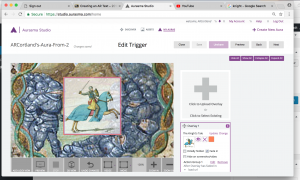
I then added this sort of cover photo to my aura that would pop up on your screen when using the HP Reveal app to interact with the story. When using the HP Reveal app, you simply open it up to the camera and if you have your paper in front of you, the aura should come popping up off the paper.
This form of augmented reality creates an amazing form of interactive learning. Teaching the Canterbury Tales can be long and confusing. If I was in high school and was able to use this app to help me learn and study the information, I know that I definitely would have paid much more attention and actually enjoyed the lesson. As a future teacher I am very interested in what I will be able to do with this app in the future.

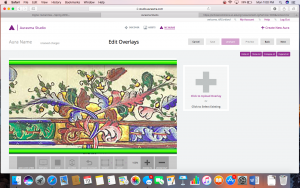
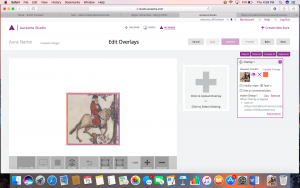
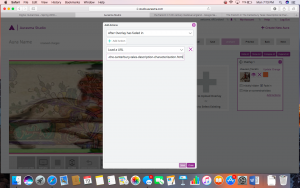
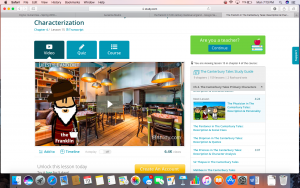
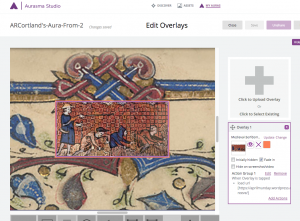
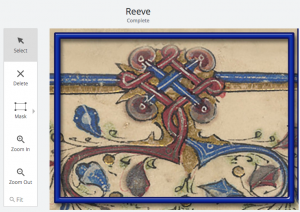
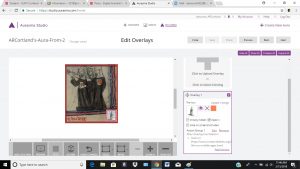

 Overall, the game was the biggest summer fad of 2016 and showed how Augmented Reality could help revolutionize the video game industry. For once games could improve people’s social lives instead of isolating them. I believe the true magic of Pokemon Go was that it captured the dream of many millenials who grew up with Pokemon, and allowed them to experience what living in the Pokemon world could be like. This dream coupled with the timing of its release created a perfect storm of sorts, you really had to be there–to witness it for yourself.
Overall, the game was the biggest summer fad of 2016 and showed how Augmented Reality could help revolutionize the video game industry. For once games could improve people’s social lives instead of isolating them. I believe the true magic of Pokemon Go was that it captured the dream of many millenials who grew up with Pokemon, and allowed them to experience what living in the Pokemon world could be like. This dream coupled with the timing of its release created a perfect storm of sorts, you really had to be there–to witness it for yourself.